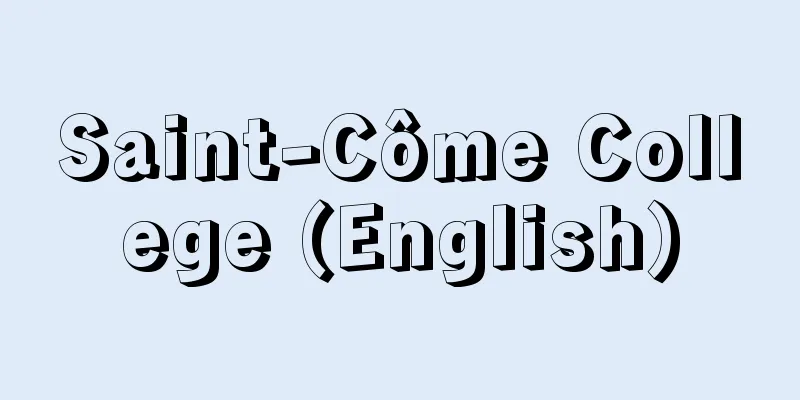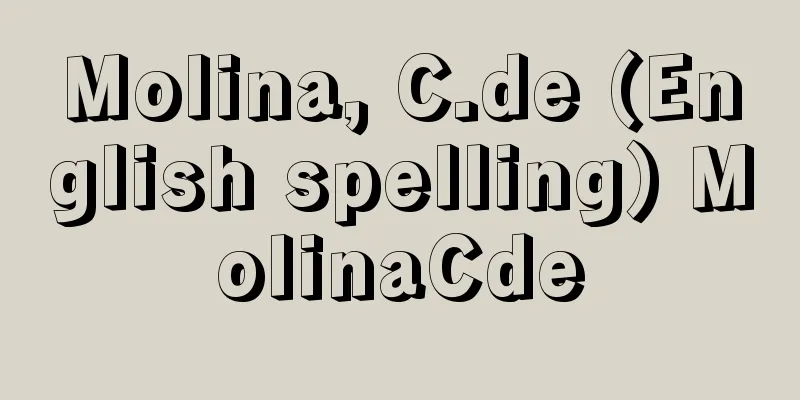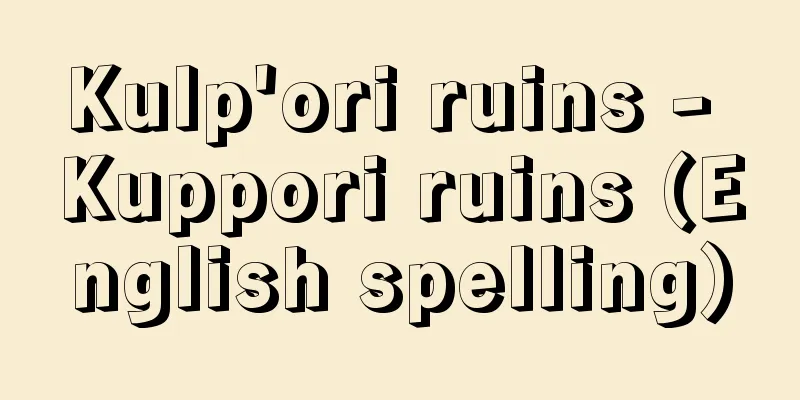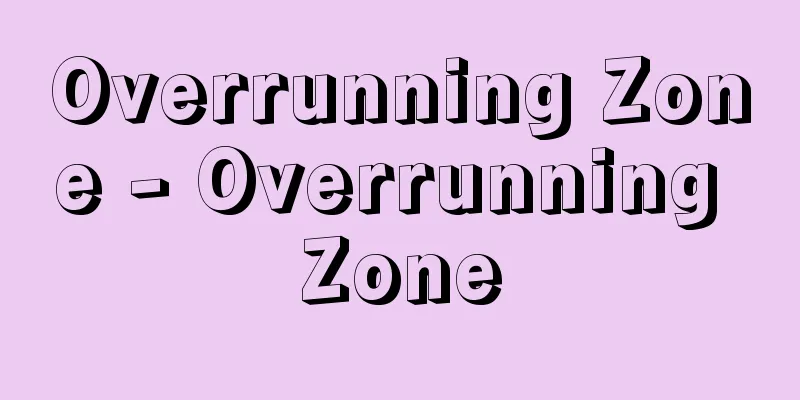May Day Incident

|
On May 1, 1952 (Showa 27), the 23rd May Day, police and demonstrators clashed in the Imperial Palace Plaza and were charged with rioting. This incident is also known as the "Bloody May Day Incident." It is one of the three major postwar riots, along with the Suita Incident and the Osu Incident. This year's May Day took place just after the San Francisco Peace Treaty and the Japan-US Security Treaty came into force, and some of the demonstrators marched to the Imperial Palace Plaza in protest against both treaties. The square had been the venue for May Day since the revival of May Day after the war, and many other rallies had also been held there, so it was also called People's Square. However, on May Day in 1951, the US occupation forces had banned the holding of rallies there, and on May Day in 1952, despite the Tokyo District Court ruling that the denial had been overturned, the government had prevented the holding of any rallies. There was nothing happening in the square immediately after the protesters entered, but at 2:40 pm, the police began to remove the protesters, using force including tear gas and pistol shots. As new protesters arrived and the number of protesters in the square exceeded 30,000, the police force was increased to about 2,000, and a second clash broke out at 3:25 pm. Then, at 4:00 pm, a final attack removed the demonstrators from the square. It was at this time that a young Tokyo Metropolitan Government employee was shot in the heart from behind and died instantly. Three attacks were carried out, and 70 pistols and 73 tear gas shells were fired in the clashes, resulting in two deaths on the part of the demonstrators and several thousand injuries, some serious, among them. It is said that 800 people were injured on the part of the police. The Metropolitan Police Department decided to apply the crime of rioting early on in the midst of the clashes, and began making arrests that evening, resulting in a total of 1,232 arrests. Of these, 261 were indicted, and since there was no known mastermind, the incident was dubbed the "Headless Riots." Meanwhile, the government criticized the incident as a military action by the Communist Party, and used it to pass the Anti-Subversive Activities Bill, which was under deliberation in the Diet at the time. In the first trial at the Tokyo District Court, the court side, which argued for separation, and the defense side, which argued for unification, were at odds because of the unprecedented mammoth trial, but in the end a unified trial format was adopted, and the trial began in February 1953 with an unprecedented six-judge panel. The main issue was whether the crime of rioting had been established, and the outcome depended on whether the actions of the police force were deemed lawful and justified, or whether the demonstration was a legitimate protest, there was no joint intention to commit violence or intimidation, and the cause of the clashes was the illegal use of police force. The trial took 1,792 sessions, 13 years and 10 months to conclude, and another 3 years and 11 months to reach a verdict, making it a lengthy trial. The verdict on January 28, 1970 found the police force to be illegal in the first clash and the crime of rioting not established, and the second clash and subsequent clashes to be illegal and the crime of rioting established, 110 people were acquitted and 93 people were guilty. However, the appeal court ruling on the 100 defendants who had been found guilty in the same and subsequent rulings was handed down on November 21, 1972, finding none of the charges of rioting to have been established, and 84 of them acquitted. The remaining 16 were found guilty of other crimes, but both the plaintiffs and defendants gave up on appealing, bringing an end to the long trial. 20 years and 7 months had passed since the incident occurred. [Shoji Arakawa] "The History of the Legal Struggle in the May Day Incident" Editorial Committee (ed.), "The History of the Legal Struggle in the May Day Incident" (1982, Shiraishi Shoten)" ▽ "The May Day Incident by Mitsuo Okamoto (1977, Shiraishi Shoten)" ▽ "Postwar Political Trial History Records, Volume 2" edited by Jiro Tanaka et al. (1980, Daiichi Hoki Publishing) Source: Shogakukan Encyclopedia Nipponica About Encyclopedia Nipponica Information | Legend |
|
1952年(昭和27)5月1日、第23回メーデーの日、皇居前広場周辺で警官隊とデモ隊が衝突、騒乱罪に問われた事件。「血のメーデー事件」ともいわれる。吹田(すいた)事件、大須(おおす)事件と並ぶ戦後の三大騒乱事件である。 この年のメーデーは、サンフランシスコ講和条約、日米安全保障条約の発効直後であり、デモ隊の一部は両条約への抗議の意思をもって、皇居前広場に向けて行進した。広場は戦後メーデーの復活以来メーデー会場となり、他の多くの集会も開催されて、人民広場ともよばれていたが、1951年のメーデーに際し、アメリカ占領軍は同広場での開催を禁止し、52年のメーデーでは東京地裁が不許可処分取消判決を下していたにもかかわらず、政府の措置で開催を妨げられていた。広場では入場直後何事もなかったが、午後2時40分、排除を開始した警官隊は、催涙ガス弾、拳銃(けんじゅう)弾発射を含む実力行使に及んだ。さらに新たなデモ隊が到着し、広場のデモ隊が3万を超えるや、警官隊も約2000人に増員され、3時25分二度目の衝突が起こった。そして4時、最後の攻撃でデモ隊は広場から排除された。東京都職員の青年が背後から拳銃弾で心臓を射ち抜かれ即死したのはこのときである。三度の排除攻撃、衝突で拳銃弾70発、催涙ガス弾73発が発射され、デモ隊側死者2人、重軽傷者千数百人に達した。警官隊側負傷者も800人といわれる。 警視庁は衝突の最中、早くも騒乱罪適用を決定し、同日夕刻から逮捕を開始、総検挙数1232人に上った。うち起訴261人、首謀者は存在せず「首なし騒乱」と称された。一方、政府は事件を共産党の軍事行動と非難し、当時国会審議中の破壊活動防止法案成立に利用した。 東京地裁の一審では、かつてないマンモス公判のため分離を主張する裁判所側と、統一を主張する弁護側が対立したが、結局統一公判方式がとられ、1953年2月から例のない6人の裁判官による公判が始まった。争点は騒乱罪成立か否かであるが、成否は、警官隊の行動を適法・正当とみるか、それともデモが正当な抗議行動であり、暴行・脅迫の共同意思は存在せず、違法な警察力の行使が衝突の原因であるとみるか、であった。公判開廷回数は1792回に及び、結審まで13年10か月、さらに判決まで3年11か月を要する長期裁判となった。70年1月28日の判決は、第一次衝突を警官隊違法、騒乱罪不成立、第二次衝突以降をデモ隊違法、騒乱罪成立とし、110人を無罪、93人を有罪とした。しかし、同判決およびその後の判決で有罪の宣告を受けた被告100人の控訴審判決は、72年11月21日に行われ、騒乱罪については全面不成立と認定、84人に無罪を言い渡した。残る16人には騒乱罪以外の罪を認めたが、原告・被告双方が上告を断念し、長期裁判に終止符が打たれた。事件発生以来実に20年7か月が経過していた。 [荒川章二] 『「メーデー事件裁判闘争史」編纂委員会編『メーデー事件裁判闘争史』(1982・白石書店)』▽『岡本光雄著『メーデー事件』(1977・白石書店)』▽『田中二郎他編『戦後政治裁判史録 第二巻』(1980・第一法規出版)』 出典 小学館 日本大百科全書(ニッポニカ)日本大百科全書(ニッポニカ)について 情報 | 凡例 |
<<: Medellin (English spelling)
Recommend
Feng Shui theory
Feng Shui refers to a type of East Asian view of ...
Nishisenboku [town] - Nishisenboku
This old town in Senboku-gun occupies the middle r...
Saha
A Siberian republic belonging to the Russian Feder...
Area studies
Although it is the study of regional issues in a ...
Magnetic pole
Generally, this refers to the location where a ma...
Ben Badis (English spelling)
... The Algerian national movement developed thro...
Thousand-Armed Kannon
[1] (Abbreviation of Avalokitesvara Bodhisattva wi...
Goldcrest - Kikuitadaki (English spelling)
It is a bird of the family Muscicapidae, subfamil...
Uemura Castle Ruins
...Agriculture and forestry are the main industri...
Worzogen, H. von - Worzogen
...translate as indicator motive. The term was pr...
Oguramachi ruins
...It is located on the Kitashirakawa alluvial fa...
Eugene Gladstone O'Neill
American playwright. Born in New York City on Oct...
Eiichi Shibusawa
A leader of modern Japanese capitalism. Born on F...
aer (English spelling) aer
…In one fragment of his work, he wrote, “Just as ...
Zhanjiang - Tankou
Zhanjiang is a port city located in the southwest...









